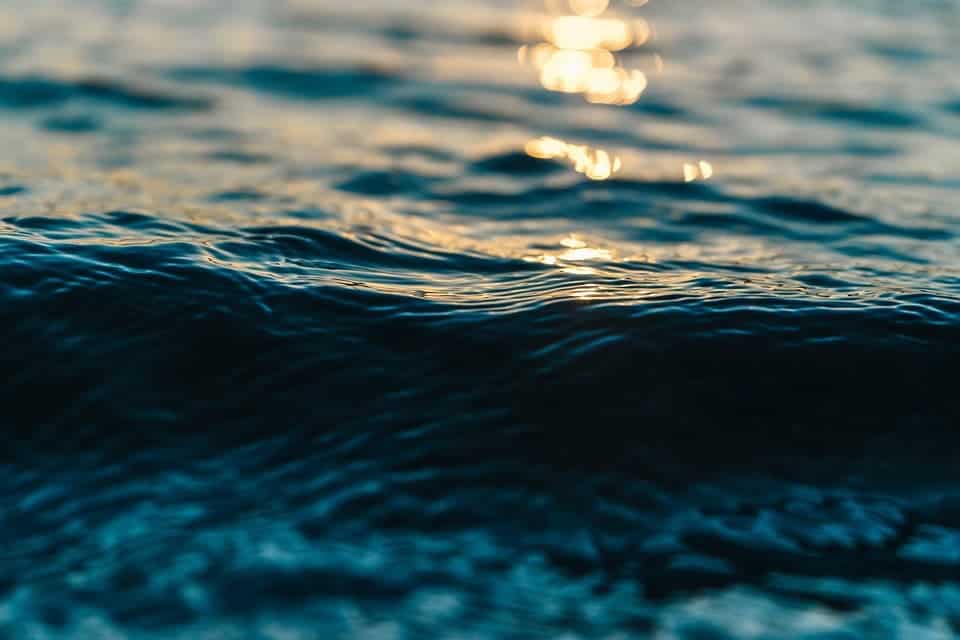An unexpected “phytoplankton bloom” has turned the normally dark blue waters of one of the busiest shipping routes in the world into a stunning turquoise. Istanbul residents were delighted with the bright and milky water, as they were quick to point out on social media.
🇹🇷 A man fish with his children at Karakoy after Bosphorus has turned turquoise due to phytoplankton in Istanbul . 📷 @Kilicbil #AFP pic.twitter.com/0T5sMiTsJp
— Frédérique Geffard (@fgeffardAFP) June 15, 2017
Black Sea, Bosphorus turns turquoise due to phytoplankton: Report https://t.co/QdnCooxaKR pic.twitter.com/3Tr36R2Tp6
— Hürriyet Daily News (@HDNER) June 13, 2017
The Bosphorus is the narrowest strait used for international navigation and separates continental Europe from Asia. NASA has been monitoring the sudden change in color of the water around straight and says phytoplankton is responsible.
Phytoplankton are microscopic marine algae that form the basis of most marine food webs. In a balanced ecosystem, they provide food for a wide range of sea creatures including whales, shrimp, snails, and jellyfish. These tiny organisms feed on sunlight and dissolved nutrients, all of which are in ample amount in the Bosphorus from rivers like the Danube and Dnieper.

One of the most common types of phytoplankton around the Black Sea are coccolithophores, which are distinguishable by being plated with calcium carbonate — the stuff shells are made of. When they aggregate in large numbers, the phytoplankton acts like a reflective plate lending a milky appearance to the water that can be visible even from space.
“The May ramp-up in reflectivity in the Black Sea, with peak brightness in June, seems consistent with results from other years,” said Norman Kuring, an ocean scientist at NASA’s Goddard Space Flight Center.
Photo of the Day: A general view of the Bosphorus Sea is seen after phytoplankton turned the water turquoise, Istanbul, Turkey, June 14 pic.twitter.com/2ml19b2dZ4
— Al-Monitor (@AlMonitor) June 14, 2017
Sometimes, plankton can make the water darker.
“It’s important to remember that not all phytoplankton blooms make the water brighter,” Kuring said. “Diatoms, which also bloom in the Black Sea, tend to darken water more than they brighten it.”
The coccolithophore in question is Emiliania huxleyi, according to Berat Haznedaroglu, an environmental engineer, who claims rain events that carried nutrients from the Saharan desert to the Black Sea have created the optimal environment for the phytoplankton bloom. Such events happen annually, much to the delight of locals.






